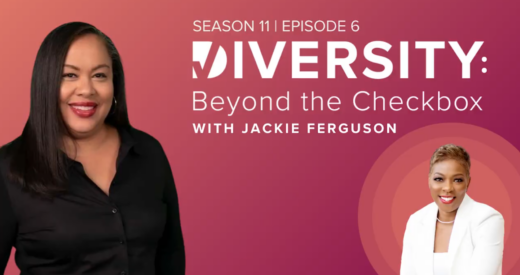People with Autism Spectrum Disorder (ASD) face a number of myths and misconceptions surrounding their characteristics, abilities, and intelligence. These myths are often perpetuated by stereotypes and narratives in popular media, as well as a general lack of knowledge and understanding about what autism really is. Here, as part of Autism Acceptance Month, we’ll examine a few common misconceptions about autism and why they are harmful to the ASD community. But first, let’s understand what autism means.
What is Autism?
Autism is a common developmental condition characterized by challenges with social skills, repetitive and/or obsessive behaviors, and communication. Each individual is impacted differently, and may present a broad range of challenges, strengths, and personality traits. For example, some people with autism are nonverbal and require daily assistance from a caretaker. Other people with autism are famous for their verbal skills as public speakers, professional communicators, writers, actors and more and live independently with jobs and families of their own. Many celebrities and influential people who identify on the autism spectrum will attest that their autism contributed to their success. In fact, recent studies from the last few decades show a strong correlation between autism and high IQ scores, reframing autism as a disorder of high intelligence.
According to the Center for Disease Control and Prevention (CDC), 1 in 44 children today are identified as being on the autism spectrum. Signs and symptoms typically present before three years old, with some people displaying autistic traits as early as twelve months and others not identifying as autistic until they are well into adulthood.
Thanks to improved diagnostic methods and more widespread awareness, many people are now diagnosed with autism in childhood, but others will be diagnosed later in life. Most people with autism live happy, fulfilling, and productive lives. For some, getting to this point requires the right combination of treatment and counseling. As one saying from the autism community goes, “if you know one person with autism, you know one person with autism.” Every individual is unique.
Common Misconceptions
Despite autism awareness initiatives, improved diagnostic methods and greater general education, autism remains one of the most misunderstood neurological conditions and forms of neurodiversity. The myths surrounding it can be deeply offensive and misleading, contributing to a stigmatization of people with autism that has major impacts, both personally and professionally.
It can also decrease an autistic employee’s likelihood to ask for the support and accommodations they need and are guaranteed under the Americans with Disabilities Act (the ADA). Here are a few of the most common myths about autism:
- Myth #1: People with autism don’t feel emotions. One of the most harmful misconceptions about people with autism is that they don’t feel emotions. Autistic individuals are fully capable of feeling all emotions, from happiness and excitement to anxiety and regret, as Scientific American explains in detail. The difference is that some people with autism – and notice that we aren’t saying all people with autism – may have a hard time expressing their feelings in the form of words and actions. Professional therapy can serve as an important tool in helping people who have autism express their emotions and communicate with others.
- Myth #2: People with autism are either geniuses or have intellectual disabilities. This offensive misconception has been perpetuated by popular media depictions of autism, like Dustin Hoffman’s performance in the movie Rain Man. Remember: Autism Spectrum Disorder presents differently in each impacted individual, so it’s impossible and belittling to make generalizations about a person’s characteristics or intelligence. Some people with autism have average intellectual abilities, others have learning and/or critical-thinking difficulties, and numerous others display high intelligence.
- Myth #3: Autistic people cannot live independently or hold traditional jobs. Many people assume that all individuals with ASD require the assistance of a caregiver and are incapable of workplace excellence. In truth, many individuals with autism live wholly independent lives and find success in a variety of different career fields. While those with more severe forms of autism often need help around the house or at work, you should avoid making the assumption that an autistic colleague wants or requires your assistance. Many people with autism can, and prefer, to go about their lives independently.
Learn More
To ensure that every person with autism feels included and encouraged to contribute their best, in the workplace and in society, organization leaders must commit to learning more about autism in the workplace and how to act as allies to the ASD community.
The first step in this process is to educate yourself, breaking down antiquated narratives and unconscious biases that say people with autism are somehow abnormal, irregular, or broken. Learn more about neurodiversity, and seek out voices from the autism community. One great place to start is the article “How To Be An Ally Of Autistic People” by Jordan Wilson-Dalzell. With the right knowledge and mindset, we can make the world a more welcoming, productive, and inclusive place for all.






